I’m excited because today I will be unboxing Catholic Heritage Curricula’s Kindergarten Curriculum. If you’ve been reading my blog for long, you know that I’ve been using an eclectic supply of homeschool resources for the last two years. I’ve looked at a variety of pre-established curriculums and hadn’t found one that I felt would suit our needs and fit a kindergartener’s attention span. But then I discovered Catholic Heritage Curricula.
From what I can tell from the website, CHC looks like a great fit for our family. And based on the variety of books (included and optional), it looks like it will have fun and easy to follow lesson plans. Once we’ve given it a chance, we’ll be able to continue to use what works for us, discontinue anything that doesn’t, and incorporate other resources for further learning opportunities.
Note: If you had witnessed me unboxing Catholic Heritage Curricula’s Kindergarten Curriculum, you would’ve been bored silly. I literally opened and read from each book for several minutes, then jumped up and ran excitedly to the living room to share things I liked with my husband. Hopefully you find this unboxing post much more interesting and informative than a video would’ve been.
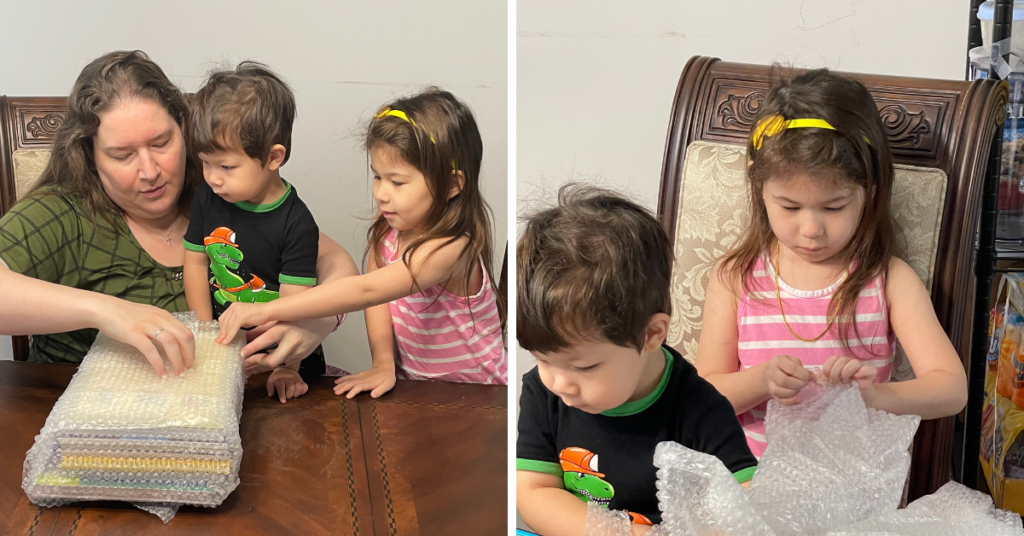
First Impressions
The books were shipped via UPS and arrived in less than a week – just enough time to build excitement without making my daughter antsy. The tracking allowed her to count down sleeps until the package arrived (one of her favorite pastimes!). I was happy to see the books were wrapped in bubble wrap – it kept them safe from damage, and my kids got to pop them while I checked out the books.
The Kindergarten Core kit is filled with great materials. Although it is shown as a kit, you can choose which items to purchase and how many copies you need of each (like if you were to teach twins, you would only need one copy of the lesson plans and teacher’s manual, but you’d likely need 2 copies of each of the other materials).
- CHC Lesson Plans: Kindergarten
- Little Stories for Little Folks: Catholic Phonics Program
- Little Folks’ Letter Practice
- Catholic Heritage Handwriting, Level K
- Behold & See K: Exploring Nature with Stories, Activities, and Nature Walks
- Little Folks’ Number Practice
- Who Am I? Kindergarten (Teacher’s Manual)
- Who Am I? Kindergarten (Workbook)
There are several items that are required for Kindergarten and included in the lesson plans that are available through another website (several story books and a math teacher’s manual and workbook). I chose not to get these items and plan to supplement with library books and various math resources that we acquired prior to choosing this curriculum.
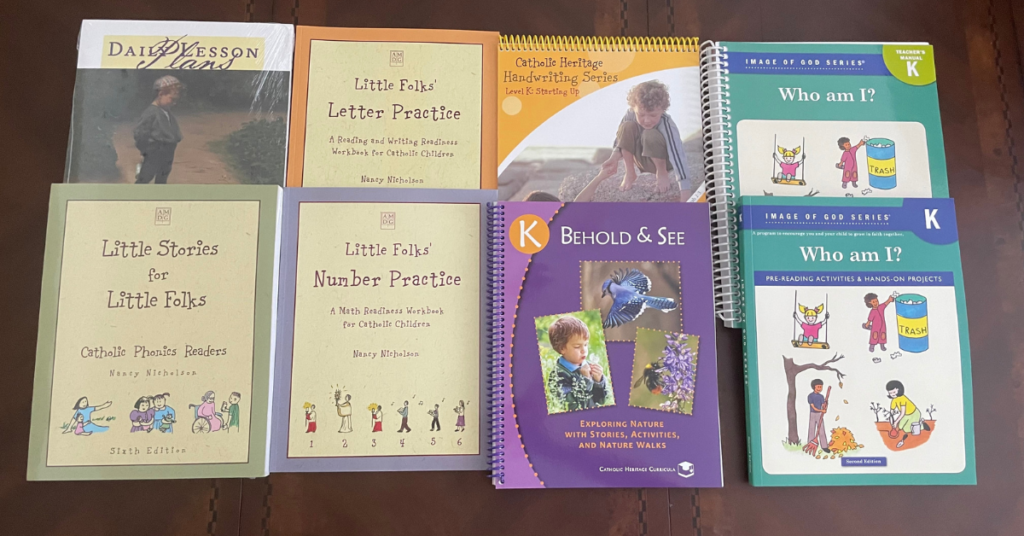
Lesson Plans, Language Arts, and Math in the Core Kit
When I checked out the books, I was impressed by their quality. The Lesson Plans come ready to insert into a three-ring binder and the paper is thick enough to add your notes without it bleeding through. I noticed the weekly plans only included Monday, Tuesday, Thursday, and Friday, but the intro pages include ideas of things to do on Wednesdays, as well as tips, FAQs, the curriculum year at a glance, ideas for physical education, and more. As someone who has never followed a lesson plan, I can tell you that these may seem complex as they incorporate language arts, math, religion, science, and non-core subjects (music, character-building, art, and physical education), but upon closer inspection, they are very easy to follow. Most lessons look to be 3 pages of materials or less and often include the time for the parent to prepare. Both religion and science have Monday set as a prep day for the week with only three days of lessons. You can easily prep on another day and stagger your days if needed.

The Little Folks’ Letter Practice (Language Arts) and Little Folks’ Number Practice (Math) workbooks include the letters and numbers with lines for tracing and practice writing each. These workbooks are completed in weeks 1-15. Both books include both religious and non-religious examples with pictures:
- H is for Holy Family, home, hippopotamus, and horse
- V is for Virgin (with a short prayer to the Virgin Mary), vase, and vine
- 3 Divine Persons, triangles, horses, circles, boxes, and a three-leaf clover
My daughter definitely needs the writing practice as she tends to write recognizable letters and numbers, but in her own unique ways, such as two lines sticking down with a circle on top as an upper-case R. I think the consistent lessons will really help, and she loves to ask questions about being Catholic, so the religious examples will help guide her questions. Note: The additional required math books would’ve been used weeks 2-30. I plan to follow the topics as noted in the lesson plans and year at a glance, but use workbooks and resources I have on hand.
Little Stories for Little Folks and the Catholic Heritage Handwriting Series (both Language Arts) look like they will work well together. Little Stories starts with pre-reading activities for the first 15 weeks to do alongside Little Folks’ Letter Practice, then continues on to complete Level 1 of learning to read in weeks 16-30 (Levels 2-4 in the book are completed in First Grade). The Handwriting Series book is completed alongside Level 1 and includes words and sentences.
Science and Religion in the Core Kit
Behold & See is not your typical science book, or at least I don’t remember using anything like it when I was a kid. Each week focuses on a different kind of animal or plant (rodents, edible plants, waterbirds) and includes a creature feature (information about the plant/animal), a page with pictures and descriptions with instructions (so the child can indicate each creature described by drawing specifically colored shapes around the pictures), and a recommended video to see the creature online. They also include a nature walk and coloring page. There’s a recommended booklist to read while your child colors, so I’m planning to request a book for each of the first couple of weeks from the library today so we’ll have them. So far, it looks like this is the only advanced prep-work needed for the curriculum, which in my opinion is awesome!
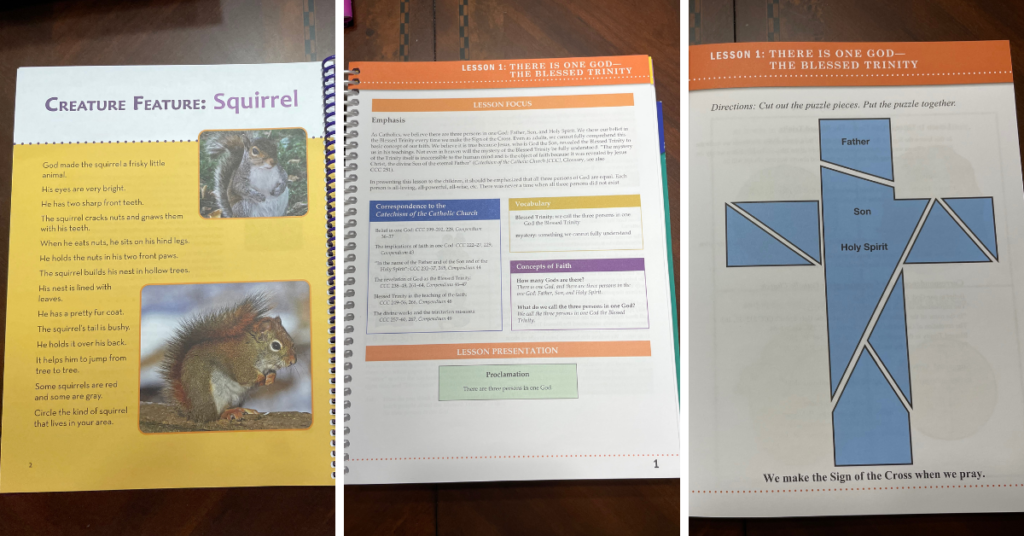
The last two books in the Core Kit cover religion: Who Am I? Teacher’s Manual and Workbook. As mentioned earlier, parents are instructed to use Mondays as prep days for religion. The Teacher’s Manual is pretty extensive, but each lesson is split up to fill the week, including several optional sections for review and crafts (there are pages to copy in the appendix with templates). I really like how the Workbook includes a variety of activities including mazes, matching, counting, cutting and pasting (these are all in the lesson plans). Based on the Teacher’s Manual, I know that these books can be used in a classroom setting which creates the added benefit of each page of the workbook including a “Family Note” on the back to reinforce the weekly lesson. The lesson plans include several holidays (such as All Saints’ Day, Thanksgiving, and Advent). You can easily find the holidays in the Year at a Glance and adjust the weeks to fit the time of year.
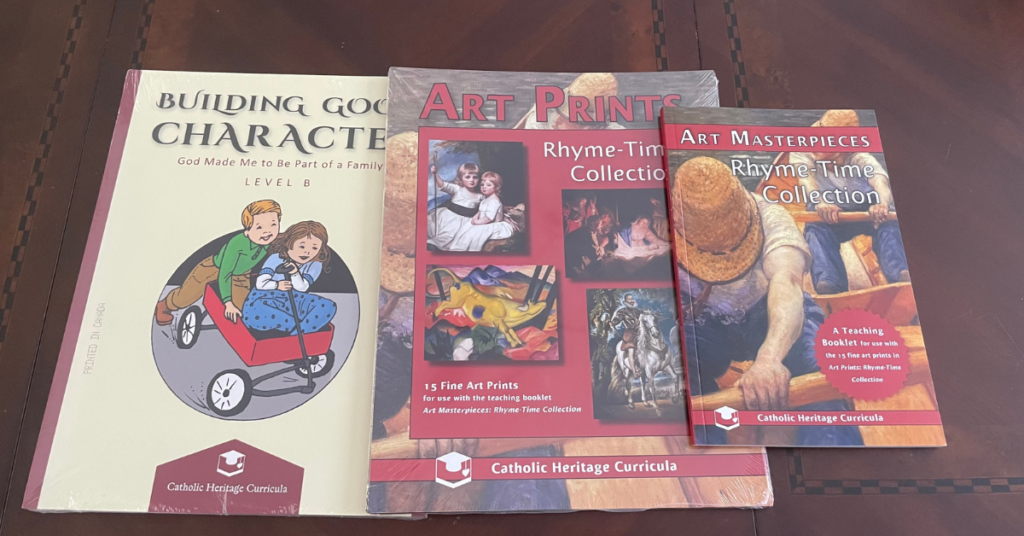
What about the Kindergarten Non-Core Subjects?
Along with the core curriculum, CHC also has suggested kindergarten curriculum for non-core subjects. The suggestions include art and poetry, character training, an extra book for religion, and enrichment. The lesson plans also include music (sharing a link to the website for the recommended music program) and physical education (with a written list of suggested games and activities). Of the suggested curriculum, I received:
- Rhyme-Time Collection (Teaching Booklet)
- Rhyme-Time Collection (Art Prints)
- Building Good Character, Level B
These subjects are alternated in the lesson plans along with physical education over the week.
Building Good Character is a collection of character-building cards. Each week, the lesson plan assigns a card with a character trait that would benefit your child. The goal is to focus on that trait for the week, display the card, catch your child performing the trait, and award them with stickers or marks on the card. At the end of the week, you can reward their success. There is a suggested reading noted on each card from books available on CHC’s site. These books are included in the Second Grade Core Kit, so if you choose to get them for kindergarten, you won’t need to buy them again at a future date. Some of the character traits include saying “please” and “thank you,” sharing, and telling the truth. I like that these lessons are only once weekly, but are reinforced throughout the week and celebrated.
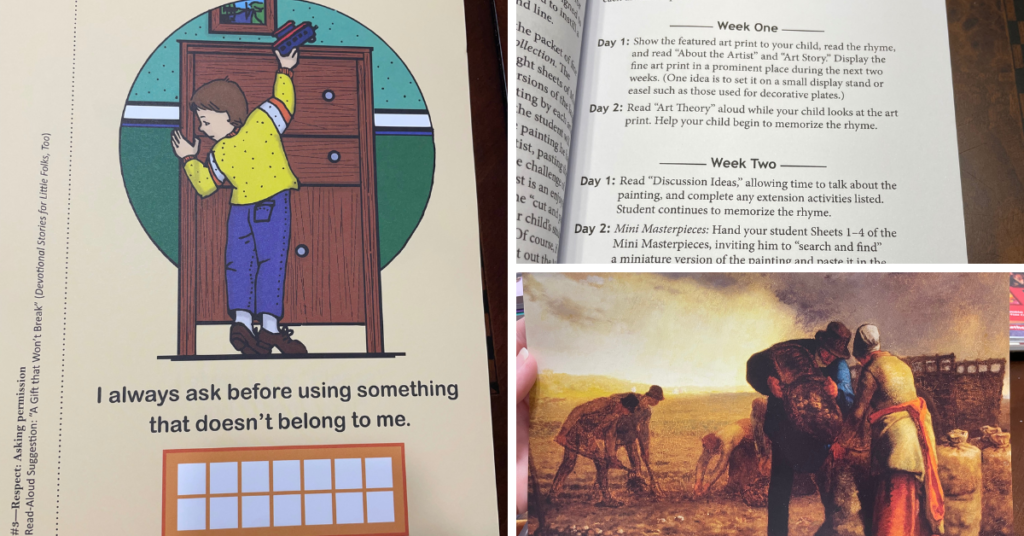
The Rhyme-Time Collection Teaching Booklet and Art Prints are both consumable so you’d either need a copy for each child or to have your children take turns doing the cut and paste activities. There are 15 Art Prints, so each piece of artwork has 4 lessons split up over 2 weeks. Each art print has a short, associated poem for your child to memorize (most are familiar and you’ve likely already memorized them yourself). There’s a very short biography of the artist, a discussion of the painting, information on art theory and painting techniques, along with discussion ideas and related activities. The most challenging thing is when your child needs to look through a collection of paintings by the original 15 artists and guess which one was painted by the same artist they’re studying. Luckily, you have clues you can provide, and each painting is labeled so you can confirm they found the correct one. The poem, original painting, and second painting are each cut out of the extra pages that come with the Art Prints and pasted into the Teaching Booklet. I really like the idea of teaching art this way because of the exposure to professional work. My kids will always paint and be creative, but this will help them see art as multi-dimensional. It’s creativity, and nuance, and most artists will have a signature style that is uniquely theirs.
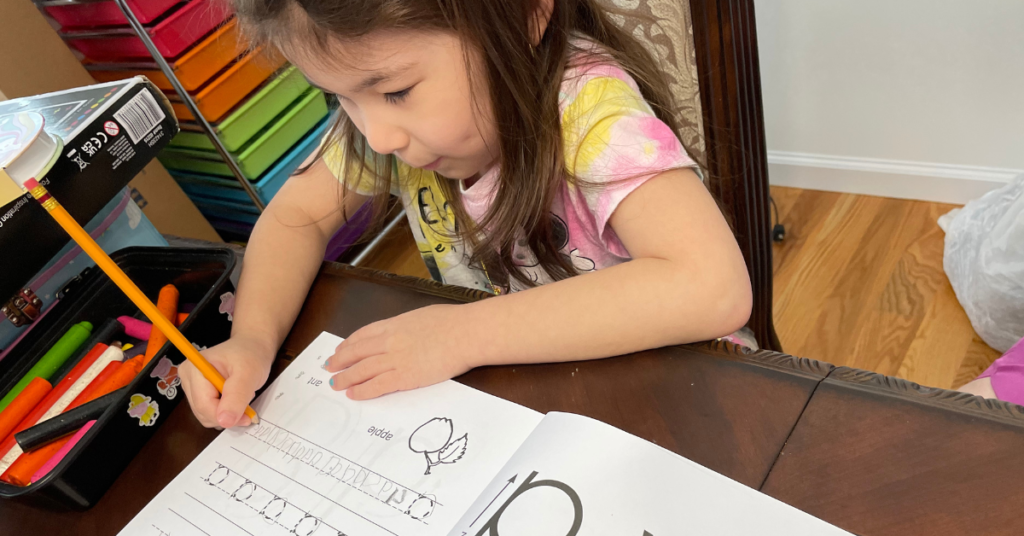
Final Thoughts
I know I said it earlier, but I am so excited for Catholic Heritage Curricula’s Kindergarten Curriculum! It’s a great introduction to a more formalized style of learning that I think will benefit my daughter. Although there are 6 core lessons each day (Phonics and Reading, Penmanship, Foundations in Literature, Math, Religion, Science) and 2 non-core lessons (Music, and Character-Building, Art and Poetry, or Physical Education), I don’t think it will take a huge amount of time each day or feel overwhelming. This is especially because it is only 4 days per week and the lessons can be interspersed throughout the day or spread out throughout the week. Since we do year-round homeschooling, these lessons can replace some of what we’ve been doing. Another thing I really like is that the lesson plans almost guarantee that my daughter won’t get bored since the lessons are laid out and clear. I’ll be able to easily switch between subjects and use the lesson plans as a guide. But, if that doesn’t work as well for us, the lesson plans include weekly goals which share exactly which pages to work on to stay on track. This curriculum comes with so many options and several of the books include ideas for further learning and activities if we want to expand it all. I will be sharing a review of these materials in action in November after we’ve had a chance to establish our rhythms and routines.
Thanks for joining us today In Our Homeschool!
Disclaimer: I received CHC’s Kindergarten curriculum in exchange for this review. All opinions are my own and based on my personal experience.

Disclosure: As an Amazon Associate I earn from qualifying purchases. This post may include affiliate links which means I may earn commissions for purchases made while using my link.

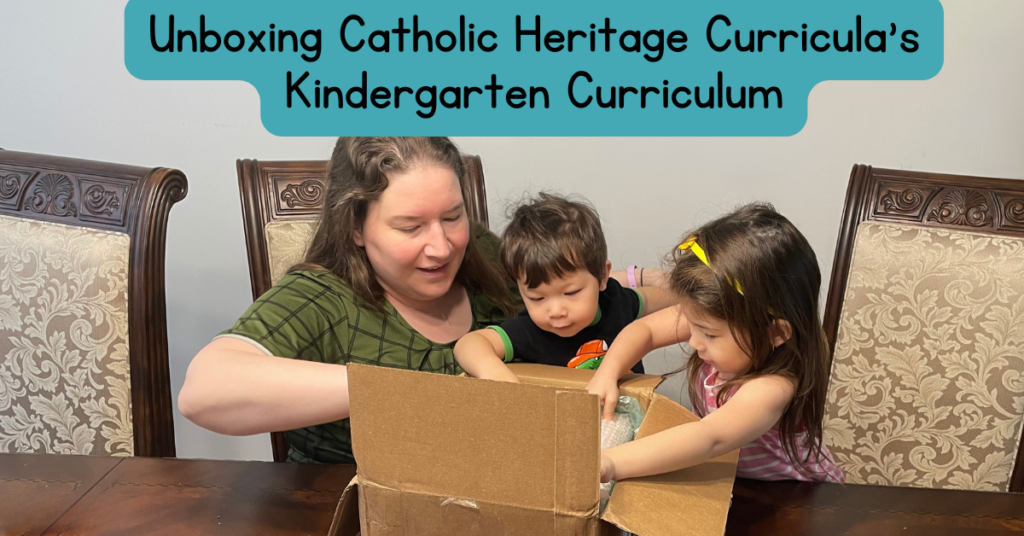
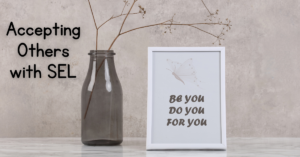
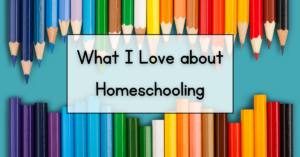
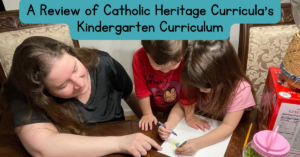
This Post Has One Comment
Pingback: A Review of Catholic Heritage Curricula’s Kindergarten Curriculum - In Our Homeschool